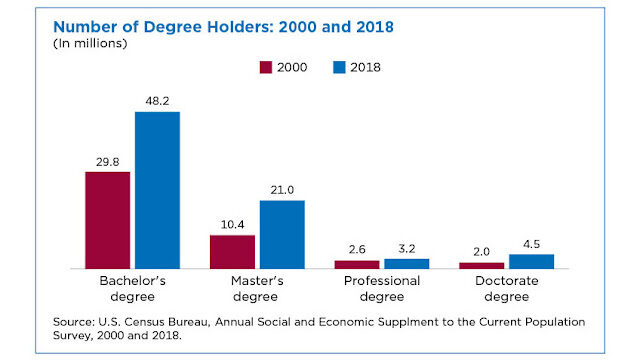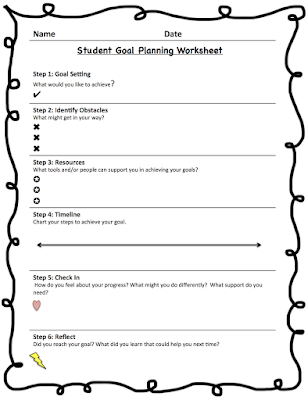Starting the School Year Gritty!
Let’s face it teachers are gritty people. From completing a credential program to pursuing advanced degrees, it takes grit. If you consider the number of people in the United States with Bachelor’s and Master’s degree as compared to teachers, then there is a whole lot of grit going on in the teaching profession. Less than half of all Americans in the United States hold a bachelor’s degree and about one-fifth have a masters. All states require one to teach and in many states a masters degree is required. 
If you are a teacher like me, then you know summer time is more than just relaxing with friends; it’s taking classes for recertification and salary increase, professional and staff development. Teaching summer school, tutoring and coaching while school is on break and of course the countless side hustle many teachers take on to boost their income. Grit is not just the completion of your credential program, because life brings you new challenges, like raising children, buying a home and living in California ($$$$), taking care of an ailing parent or encountering personal health hurdles.
Unfortunately the hard work and sacrifice teachers’ make to get ready for the school year, does not always translate into the hard work and discipline students exert in the classroom. The reason is quiet simple, students often lack grit. As gritty as we are as people, teaching our students about grit can be a challenging task. After all it’s takes a lot of grit to have patience and compassion for a kid who would rather interrupt instruction than learn a new concept.
Here are my six simple steps to get gritty with your students:
1. Teach your students about grit, by letting them experience grit; define grit and identify grit in their lives from role models to personal experiences. Don’t assume that students know what grit is, or that experiencing grit in their lives can build stamina, perseverance and mental toughness! Give them an opportunity to think, apply and share their funds of knowledge around grit.


2. Start your year off with a gritty experience that will foster team work, collaboration and a gritty learning task. This might mean building spaghetti towers from marshmallows and pasta to an egg drop challenges . Each of these experiences teach kids failure is part of the learning process. It’s not about whether or not they have success, but what they experienced throughout the process. If you are a PE teacher this might include a non-sport related activity such as going into crow pose for 1minute. The point is to build stamina and experience failure. After the task have students reflect, debrief and think about where they had to persevere.
3. Provide inspiration for getting gritty with it! Motivational videos inspire me and most likely they will inspire your students too! From Will Smith talking about the importance of failure to kid athletes who continue to push their limits. Check out this Padlet I created with a collection of videos that demonstrate grit in the real world.

4. Assess their grit and reflect on their progress. Growth happens when we not only experience a challenging task, but look back on the experience and consider what we learned and how it changed our thinking. Have your kiddos take the Grit Survey at the beginning of the school year by Angela Ducksworth and set goals that they can monitor and reflect upon throughout the school year.
 |
| Goal Setting Sheet Here |
5. Provide an opportunity for students to explore their interests and develop a passion for something. A true test of grit is when we persevere when faced with a challenging task. If students are passionate about something they will work hard, practice and not give up this is how they experience grit as something they can control. Research by Angela Ducksworth found that kids who are gritty about one thing are most likely to translate that grit into other experiences (think about Michael Jordan who was dropped from his high school basketball team and continued to reach stardom in not just basketball but golf and coaching).
6. Build gritty partnerships with parents at the beginning of the school year. We all know that our students first teacher is their parent so don’t be afraid to share with parents what you are doing in the class to foster grit and what strategies they can incorporate at home to sustain grit. This might include creating structured routines to support students in practice and completion of tasks, to not letting kids give up or helping them too much before they had a chance to struggle.
Yes, grit! I said it, grit is the mental stamina students acquire through experiences, life lessons and the choices they make. Notice the operative word here is “they” so let your students fail, learn, grow, be passionate and get gritty!
Want to hear more about Grit in the classroom consider taking a class at the Heritage Institute about grit and ways to implement for continuing education credit awarded by Antioch University. Check out this podcast with Dr. Dickenson and share your thoughts in our Facebook Group Teacher PrepTech!




